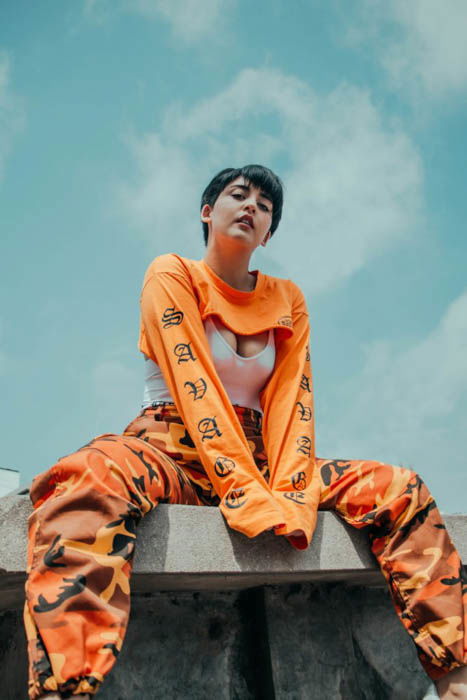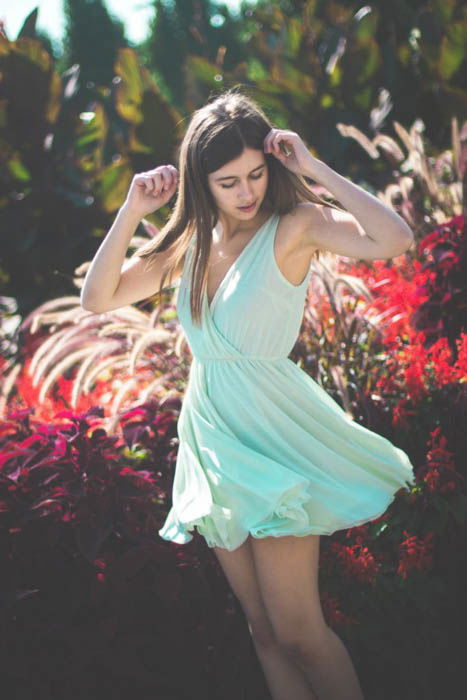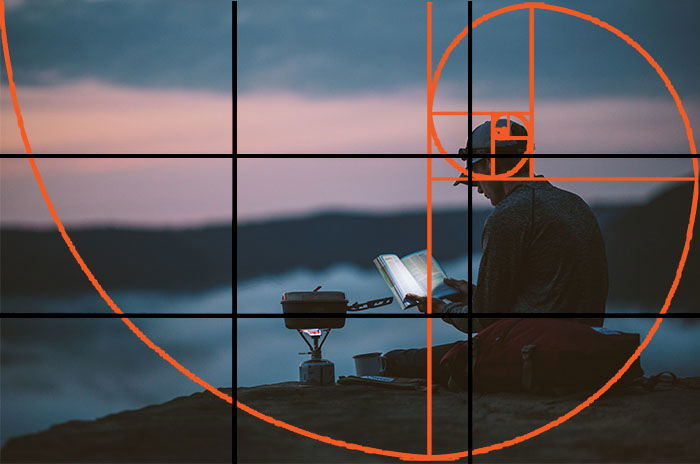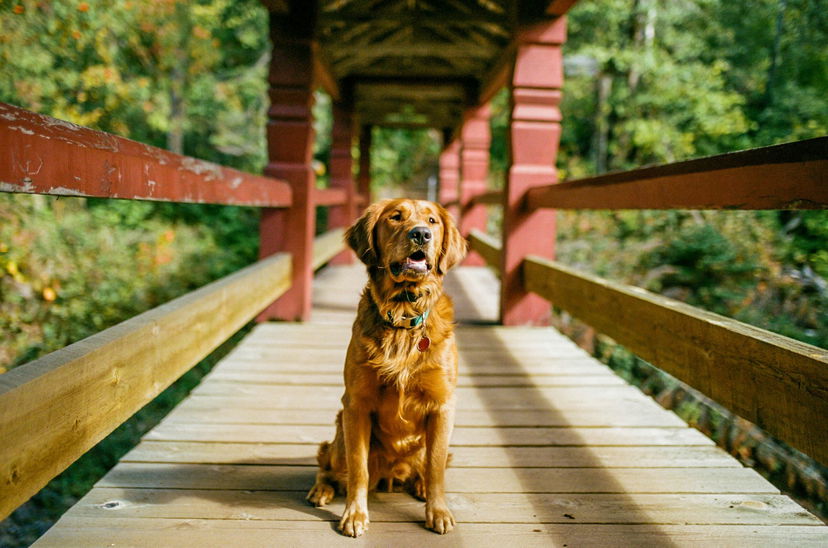10 Fashion Photography Tips for Better Composition
There are plenty of composition rules that remain the same no matter what style of photography you shoot. But fashion photography calls for great composition techniques while showcasing what the subject is wearing. And that can be tough.
Thankfully, we have some useful tips to help you take magazine-worthy shots. Continue reading for everything you need to know about composition for fashion photography!
Composition Techniques for Fashion Photography
There are many different composition rules in photography. And some work better than others for certain types of photography. Continue reading to learn which are best for fashion photography.
1. Utilize the Rule of Thirds
The rule of thirds is one of the most popular composition techniques in photography. To use it, first divide your frame with two vertical and two horizontal lines into nine squares of equal sizes. This should resemble a tic-tac-toe grid.
You can also use your camera for help. Almost every camera has a grid function to assist you in composing your shots. Once you activate it on your device, simply move your camera until your subject is on one of the intersecting points.
The rule of thirds is useful, especially if you’re unsure where to place your model. After a while, you won't even need to turn on the grid lines in your camera. It will be instinctual.
To achieve a balanced composition, put your subject on any of the points where the lines intersect.
2. Place Your Subject in the Center of the Frame
Every once in a while, you can break photography composition rules to get the shot you want. Sometimes, you can even ignore the rule of thirds completely and center your subject in the frame. If you do it correctly, you'll see this style works perfectly for fashion portraits.
Since your main point of interest is already in the middle of the frame, the viewer will see it immediately. Just remember that placing your subject in the center can sometimes make the image look static and uninteresting.
Therefore, you need to keep a few tips in mind to make this composition work. Your main consideration should be the background. Look for a location that has something you can use to balance your composition.
For instance, the photo below uses the flowers to frame the model. The triangle formed by her hair and arms also adds balance to the image.

3. Create a Counterbalance
One of the main considerations when composing your image is achieving balance. However, sometimes you're forced to place your subjects in unusual places. If this happens, you can use a counterbalance to correct your composition.
Counterbalance involves using another component in the frame to create harmony in your image. If the woman sitting on the cart below was by herself, the composition would look lopsided because she’s in the center. Adding another model to push her from behind leads to balance.

4. Tell a Story
One mistake budding fashion photographers often make is not including a visual narrative. When you browse through a fashion magazine, you'll notice that there’s a theme that connects the photos. Although they don't necessarily have words to describe what's happening, they often provide clues about it.
These types of images grab attention. They force the viewer to focus on the narrative they're trying to tell. Including a cohesive concept in your pictures compels people to look at your image longer.
Because you can't rely on captions, you need to rely on your composition and focus on the small moments. For instance, when you're shooting a model exploring the city, you can have them walk around the streets or visit a cafe.
Use the elements in the surroundings to provide hints. For instance, placing someone close to the camera with the road in the background will make your viewer curious about where the subject is going.

5. Look for an Appropriate Background
Always be mindful of the background while shooting because it plays an essential role in your composition.
Don't just think about where to place the model. Consider how the elements in the background affect the balance of your image.
Your composition style should adapt to the article of clothing you're trying to highlight. Don’t use a background that's similar to the color or the pattern of the clothes.
If an outfit has complicated patterns, look for a neutral background. If it’s plain, feel free to look for an elaborate backdrop that complements it.
Remember to pay attention to the buildings, trees, and even light poles that may be behind your model.
You wouldn't want them to appear like they're sticking out of your subject's head.

6. Use Props to Create Context
Props are helpful in creating a more coherent theme in your fashion photography. They not only work well in providing context clues to your images but also add dimension to your composition.
If there's not much going on in your scene, you can use props to make it look more interesting. In the picture below, the model is holding a skateboard to add context for the viewer.
The arms and the skateboard form a natural frame around the model’s face. With all the negative space around, it helps show the viewer where they should look.

7. Interact With The Environment
To make your image more dynamic, don't just let your model stand around. Have them play around the space they're in.
For most models, this allows them to relax and have fun with the shoot. And interacting with the environment can add to your composition.
For example, if you're doing a shoot in the streets, you can ask your model to get inside a car. Although shooting in vehicles can be challenging, you can use car windows, doors, and even mirrors to frame your subject.

8. Shoot from Different Angles
When you're shooting, don't restrict yourself to eye-level angles. Explore your environment and consider the different places you can photograph your model from. You can take pictures from above, below, or even by tilting your camera slightly.
But before experimenting with perspective, remember that changing it can radically alter the mood of a photo. Consider the particular feeling you want to convey in your image. Then find a way to show that in your work through careful framing.
Keep in mind that each angle has pros and cons, so think about their effect on your audience.
For an intimate look, you can try shooting from a high angle. Since your camera is closer to your model's eyes, it creates a more emotional connection. But this angle can also make your subject look small and insignificant, so use it only when it works for the mood you’re after.
If you want your model to dominate your shot, shoot from a low angle. It not only makes them look big within the frame, but it also emphasizes the outfit they're wearing. But be careful not to get too close, as they may appear menacing.

9. Highlight the Fashion
What separates fashion photographers from regular portrait photographers is that they know how to emphasize the clothes in their images. Always prioritize how you want to present the outfit.
When you pose your subject, make sure not to obstruct the details of the outfit. It’s your job to make sure the viewers see the selling point of the product. Avoid any prop that could distract the eyes. And get close enough to show any patterns.

10. Let the Outfit Flow
Since pictures are static, it can be difficult to show the texture of the garment. Without movement, an outfit could end up looking stiff even if it isn't.
As a fashion photographer, your task is to convey the smoothness of whatever your model is wearing. You can do this by creating movement whenever possible. Have your subject run around and spin. Let the fabric flow in the air and freeze the motion with your camera.
When a skirt or dress is spun in the air, it often forms a triangle, creating a more dynamic composition. And because the shape also points upwards, it naturally directs the eyes to the model.
Additionally, you can use long, flowy dresses to fill negative space. If there isn’t much happening on one side of your frame, let the dress flow in that direction to create balance.

Conclusion: Fashion Photography Composition Techniques
You can easily apply many of the skills you already know as a photographer when you start shooting fashion. But if you’re going to shoot fashion photography, it’s worth knowing how to adapt your composition.
Keep in mind that the outfit is always the star of the show. Using these tips and techniques to highlight the clothing you’re trying to show will take your fashion photography to the next level!
Check out our Intuitive Composition eBook to learn everything you need to know about creating striking compositions!




